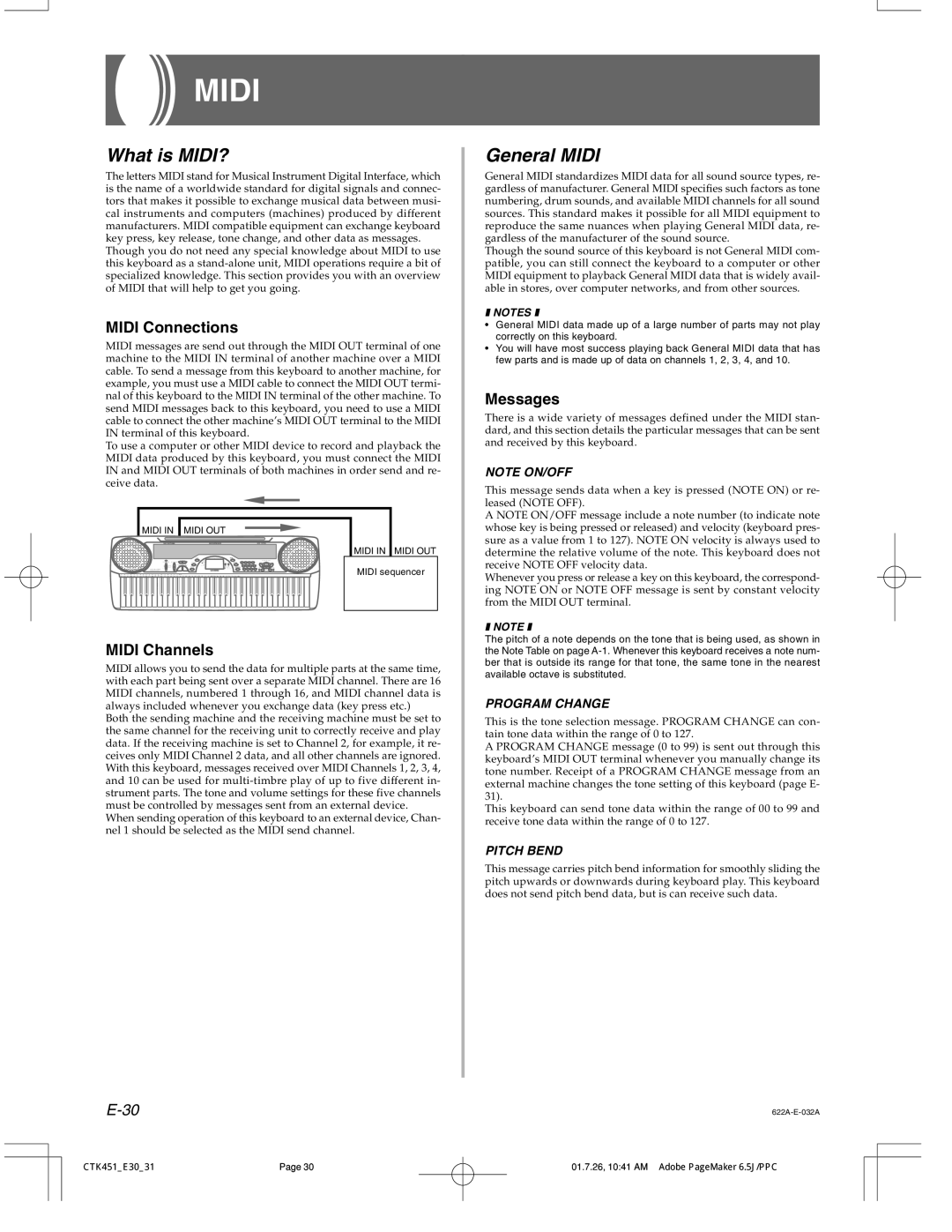451 specifications
The Casio 451 is a remarkable timepiece that combines classic design with contemporary features, making it a favorite among watch enthusiasts. Known for its reliability and functionality, the Casio 451 showcases the brand's dedication to innovation while honoring its legacy.One of the main features of the Casio 451 is its precision quartz movement. This technology ensures accurate timekeeping, minimizing the hassles of manual winding. The watch is powered by a long-lasting battery, providing extended use without frequent replacements, which is a testament to Casio's commitment to convenience.
The Casio 451 stands out with its rugged yet stylish design. The case is crafted from high-quality stainless steel, offering durability and resistance to wear and tear. Its water-resistant capabilities make it suitable for various environments, allowing wearers to enjoy everyday activities with peace of mind. Additionally, the mineral glass crystal protects the dial from scratches, ensuring that the watch maintains its pristine appearance over time.
In terms of functionality, the Casio 451 is equipped with an array of features that appeal to both casual users and professionals. The watch includes a date display, which is particularly useful for those on the go. Additionally, its luminous hands and markers enhance visibility in low-light conditions, making it practical for night-time wear as well.
Another noteworthy characteristic of the Casio 451 is its versatility in design. Whether dressed up for formal occasions or worn casually, this watch seamlessly complements various styles and outfits. The comfortable strap ensures a secure fit on the wrist, allowing for all-day wear without discomfort.
Casio is also known for its commitment to environmental responsibility. The manufacturing process of the 451 emphasizes sustainability, incorporating eco-friendly materials wherever possible. This aspect not only reflects the brand's ethical standards but also appeals to a growing demographic of environmentally-conscious consumers.
In summary, the Casio 451 encapsulates a perfect blend of style, functionality, and durability. Its precision quartz movement, robust construction, and thoughtful features make it a reliable choice for anyone in search of a versatile timepiece. Whether you're navigating daily tasks or enjoying leisure activities, the Casio 451 proves to be more than just a watch; it’s a trusted companion for life's moments.

